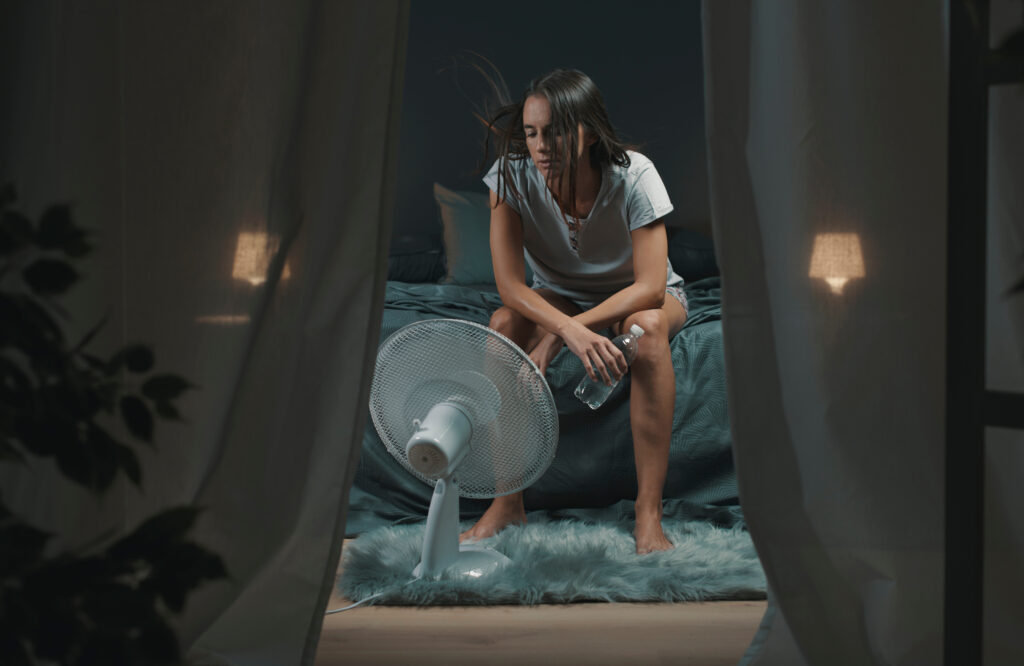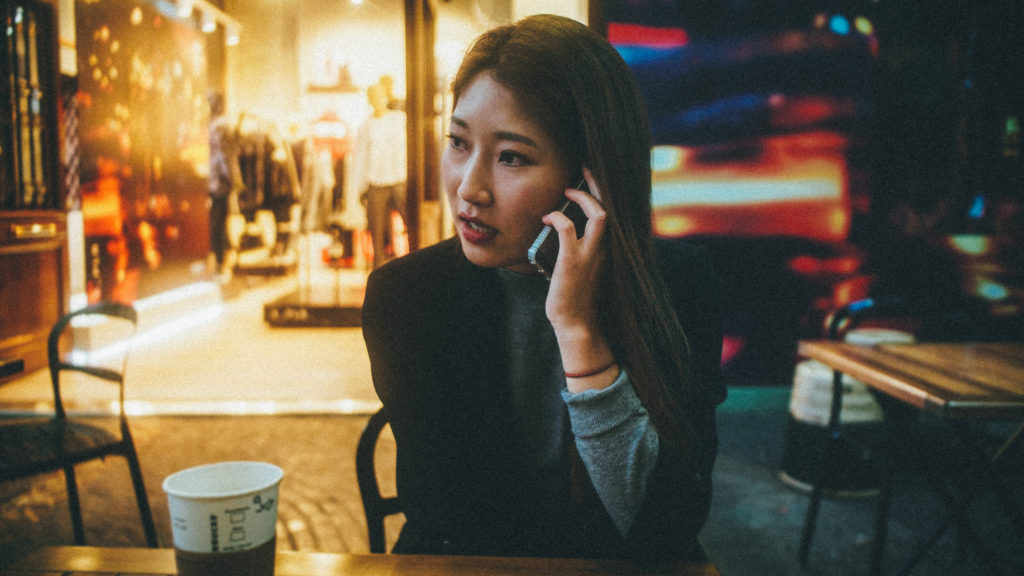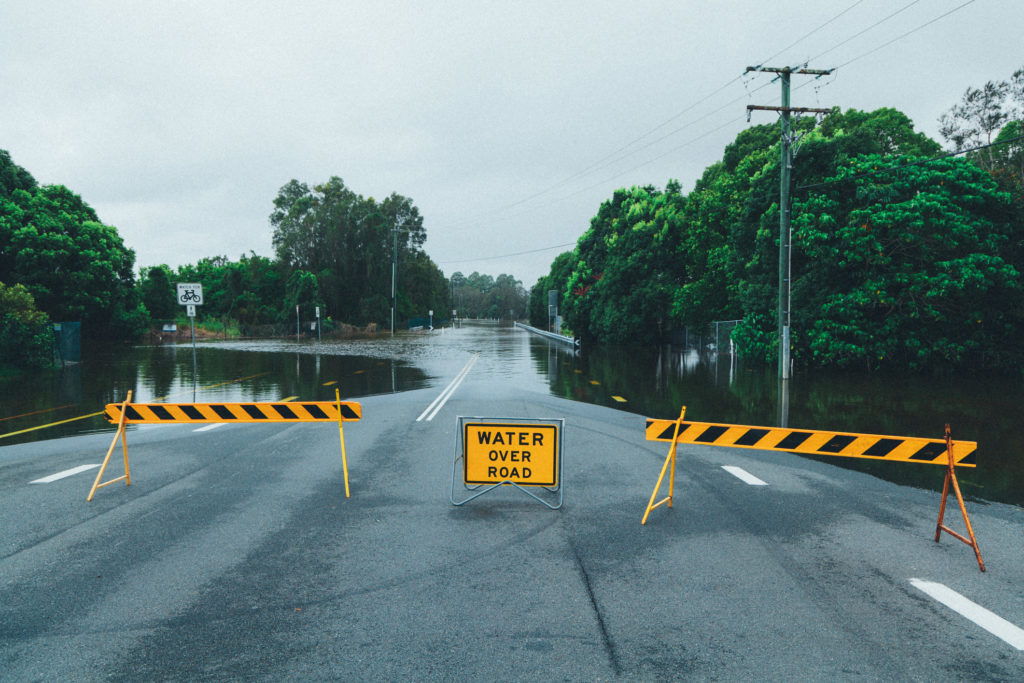No matter where you live in Australia you’re likely to get some hot weather during summer—and we mean hot. Temperatures during Aussie summers can reach 40°C (104°F) and over, and stay there for days at a time.
That said, this year’s heat might just take the cake. For the first time in nearly a decade, the Bureau of Meteorology has sounded the alarm bells on an El Niño event and a positive Indian Ocean Dipole. These aren’t just fancy weather terms; they mean that we’re looking at an upcoming season that’s not just hot, but dangerously dry too. Especially for folks in the eastern states, these climate patterns, amplified by ongoing climate change, are signalling a summer of extreme heat. Combined with ongoing climate change, experts warn that we should brace for a summer of severe heat.
If you’ve never experienced the roasting, searing heat of an Aussie summer, it is important to be prepared. When a heatwave strikes you’ve got to be extra careful. Here are some tips to help you stay cool in an Australian heatwave and let you get the most out of your summer.
Stay hydrated
Always take water with you wherever you go. Dehydration isn’t just unpleasant, if it’s serious it can lead to hospitalisation. Have a bottle of water by your side and keep drinking throughout the day; if you’re feeling thirsty, that means you’re already dehydrated.
Stay cool
Be sensible during a heatwave—don’t plan to spend all your time at the beach trying to get a tan. While inadvisable at the best of times, prolonged sun exposure during a heatwave can lead to heatstroke and sunburn surprisingly quickly. If you do plan to be outside, then stay under the shade, but better yet, manage your day to make sure you stay out of the worst of the sun, which is usually from around 9am to 4pm. Spend this time at home or in the library instead, or at the local shopping centre where they have air conditioning and ice blocks. Head to the beach early in the morning or later in the afternoon/evening, it’ll still be beautifully warm outside, and you won’t have to fight the crowds quite as much.
Read More: Swimming Safety
Slip, slop, slap, seek, slide
With Australia’s extreme UV rating, it’s important to remember that if you step outside during summer without some form of sun protection, then you’re going to get sunburnt. And Australian sunburn can be brutal. To give yourself the best chance of avoiding the sun when you’re outside, do what Aussies do and slip, slop, slap: slip on a long-sleeved shirt, slop on sunscreen (everywhere—don’t forget the tops of your feet!), slap on a hat, find some shade, and put your sunnies on. Do everything you can to avoid getting burnt,
With Australia’s extreme UV rating it’s important to remember that if you step outside during summer without some form of sun protection, then you’re going to get sunburnt. And Australian sunburn can be brutal. To give yourself the best chance of avoiding the sun when you’re outside, do what Aussies do and slip, slop, slap: slip on a long-sleeved shirt, slop on sunscreen (everywhere—don’t forget the tops of your feet!), slap on a hat, find some shade, and put your sunnies on. Do everything you can to avoid getting sunburned, and you’ll have a much more enjoyable time during a heatwave.
Read More: Staying Sun Safe This Summer.
What are the risks?
Sunburn is like an initiation to life in Australia—everyone’s had it, and once you’ve experienced an Australian sunburn you’ll never want one again. But while you never mean to get sunburned, it can happen in the space of just a few minutes, so take care when stepping outside. If you do notice yourself getting sunburned, get out of the sun immediately and take a cool shower to calm the burning. Once your skin is dry, apply aloe vera gel (available at the chemist) to the burned areas. Aloe vera acts as a natural remedy for burns, and a moisturiser too, and can help reduce the discomfort associated with sunburn.
A prolonged period of hot weather isn’t just uncomfortable, it can be dangerous. If you start to feel dizzy or light-headed, nauseous, get a really bad headache, start to feel weak, get muscle cramps, or your skin is hot and dry, then this could indicate that you’ve got heatstroke. If this happens, get yourself out of the sun, preferably to a cooler place, drink some water, and lie down if you’re feeling dizzy. Get in front of a fan, or have a cool shower, and reduce your body heat. You’ll feel right as rain in no time.
For children and the elderly, however, heatstroke can be more dangerous. If you see a child or an older person suffering heatstroke symptoms, get them to some shade, give them some water, and call an ambulance immediately.
Animals suffer during the heat too, so if you see an animal suffering from the heat there are things you can do to help out. If you notice excessive drooling, panting, or obvious dizziness, get them out of the sun, cool them down with a damp towel or cold water from the hose, and bring them some cold water.
If you want to break even more of a sweat…
If you just can’t go a few days without exercising, there are some safe ways to stay active during a heatwave. Consider exercising early in the morning or later in the evening, when the weather is cooler and the sun isn’t as harsh. Go for a morning jog or an evening swim, but be sure to bring water with you. During the day, while it won’t hurt to do some light exercise indoors in a cool, well-ventilated place, always remember a water bottle, and think again if you’re considering any strenuous exercise or team sports outdoors.
Bushfire safety
Navigating Australia’s hot summers also means staying vigilant about bushfires, especially for those students in regional and bushland areas. Get to know your Fire Danger Ratings and if you are in a high-risk area, consider having a Bushfire Survival Plan ready. Bookmark your state’s emergency service websites and consider having a basic emergency kit on hand. A little preparation now can make a big difference later.
Who can help?
For advice on staying sun smart during a heatwave, head to the SunSmart website.





